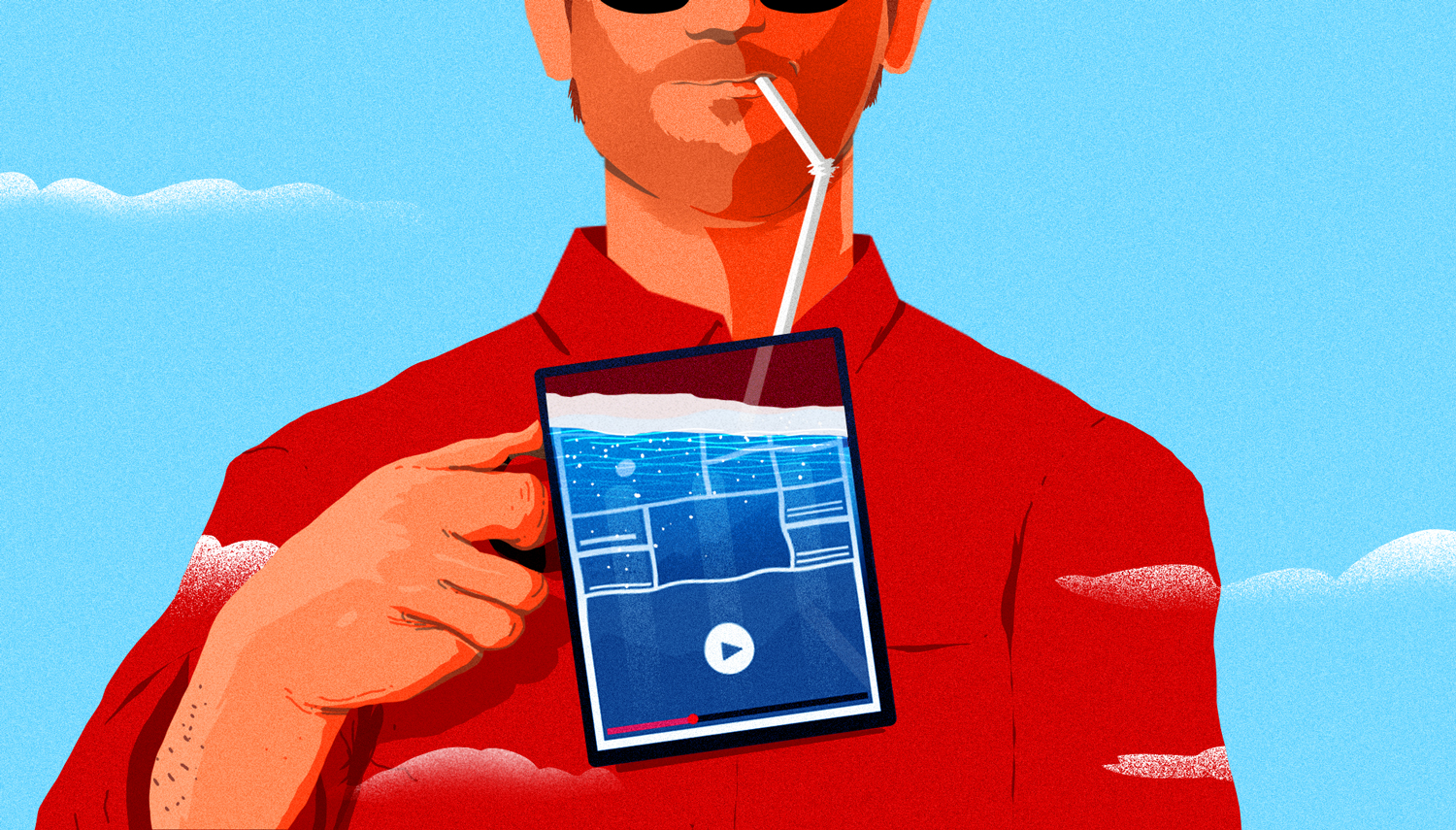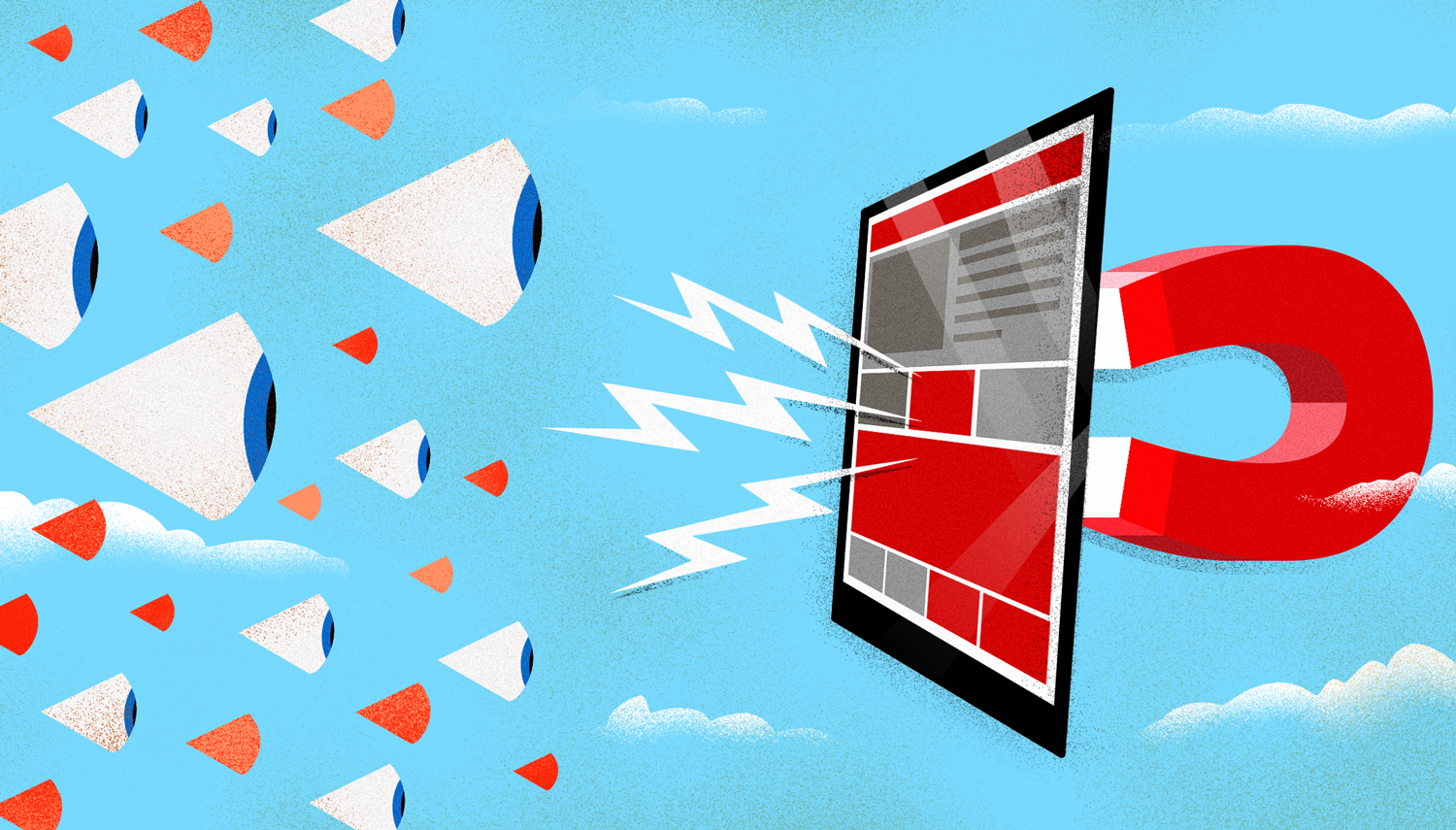As the Internet becomes an increasingly limitless playground, people spend more and more of their time online watching digital video. A 2015 report by Refuel Agency found that American teens favor video ads more than all other types of digital ads. As a result, marketers are paying handsomely to get in front of these engaged audiences. Yet despite bullish attitudes, the digital video space has serious problems.
For one thing, standards and success metrics vary wildly. YouTube, for instance, counts a view as 30 seconds, while Facebook defines a view at only three seconds. With these stark differences, advertisers are left with performance data that is incomplete, incoherent or just flat out misleading.
Mediabong, a video ad network, recently launched a new platform and video format called the Syncroll, which guarantees total viewer attention. Its technology ensures that clients only pay for video ads that are watched completely by the user. This is accomplished through an algorithm that calculates—in real time—a user’s interest in the video ad being displayed. “Having been in the advertising space for a long time, we realized the gap in the market,” said CEO Laurent Bury. “Viewability was the talk of the town last year, but that metric doesn’t mean you have an engaged audience. Advertisers should only pay for actual interested and attentive users.” In short, it emphasizes actions, not just views. You can check out a demo of Syncroll here.
Companies like Volvo and Netflix have seen video completion and engagement rates increase by more than 30 percent using the Syncroll format. Other major players like Walmart and Chrysler have also bought into Mediabong’s attention guarantee.

“When you launch a video campaign, you want to be sure that you reach the right audience and that this audience will watch the video with attention,” Bury added. “Until now, the only metrics used to reassure brands were completion rates and viewability.” Taking into account a user’s attention results in better KPIs for measuring video ad campaigns. And this can ultimately help marketers with their messaging or even retargeting.
In 2016, 68 percent of marketers and agency executives plan to spend more on digital video ads, per the IAB. But for budgets to continue to grow in the future, marketers need to be able to track their ROI. For those who are wary of data issues and consistency, a total attention time guarantee could be the catalyst that gives them the confidence to invest more in video. An attention guarantee can also protect video content against bot fraud, which will cost marketers more than $7 billion this year.
As video ad tech gets more sophisticated, marketers are looking for ways to minimize fraud and viewability issues and provide content that generates deeper audience engagement. Whether potential customers are watching cat videos, product spots or movie trailers, brands are getting closer to seeing what they’re paying for—guaranteed.








